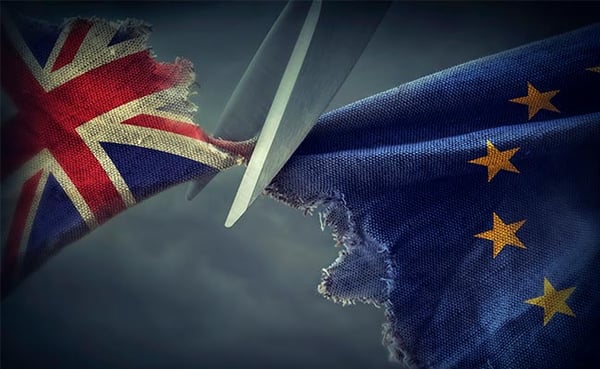Knowing me, knowing EU: an update on Brexit
A weak pound and rising inflation, set against a tight labour market and loose credit conditions, should keep the UK out of recession.
If the discussions are well-mannered and make good progress, the risks should diminish and we believe that the BoE could turn markedly hawkish as a result

Nearly nine months on from the EU referendum in June last year, and it feels like a lot has happened. There is a new Prime Minister and a revamped set of senior cabinet ministers.
The Bank of England (BoE) has shifted from pre-referendum talk about the next move in monetary policy being a tightening to significantly easing policy last August.
Meanwhile, the new Chancellor of the Exchequer, Philip Hammond, announced a fiscal stimulus package that amounts to around 0.5% of GDP spread out over three years. And yet, the UK economy seems to have barely noticed the result of the referendum, pumping along at a decent clip of over 2% annualised in the second half of 2016. Can this continue?
The name of the game
Theresa May told the country that `Brexit means Brexit’ and has now announced that Article 50 will be triggered on 29 March. That will kick off the formal process of leaving the EU and the negotiations around this.
While the economy has shown resilience beyond what was expected by most forecasters (including us), huge uncertainty looms over the horizon: what will the UK’s relationship with the rest of the EU look like?
I have a dream
The Prime Minister’s 17 January speech outlined the future relationship with the EU. Key elements included the UK leaving the single market so that it can control migration. The main objective will be to negotiate an ambitious free-trade agreement with the greatest possible access to goods and services markets. The UK hopes to be free to strike trade deals with non-
EU countries (which is why it would need to leave the customs union) but will seek a ‘customs agreement’ with the EU; what this would look like is unclear.
Furthermore, the UK government will seek to stop contributing “huge sums” to the EU budget. There will be no unlimited transitional agreement. Instead, Theresa May wants to reach an agreement within two years, followed by a phased period of implementation to give businesses time to plan and prepare.
Overall, the plan scored some points with markets and European politicians. It’s important to remember, however, that this is still a wish list and Europe has so far largely kept its cards close to its chest. The transition agreement is helpful as it makes a harmful cliff-edge exit less likely, albeit not impossible, as May rather strikingly insisted that “no deal would be better than a bad deal”. The risk of negotiations becoming bitter and acrimonious is there.
Download full article
Investment capabilities
We incorporate our thinking across our investment strategies and solutions, and have strong credentials in corporate governance and responsible investment.
Author(s)
